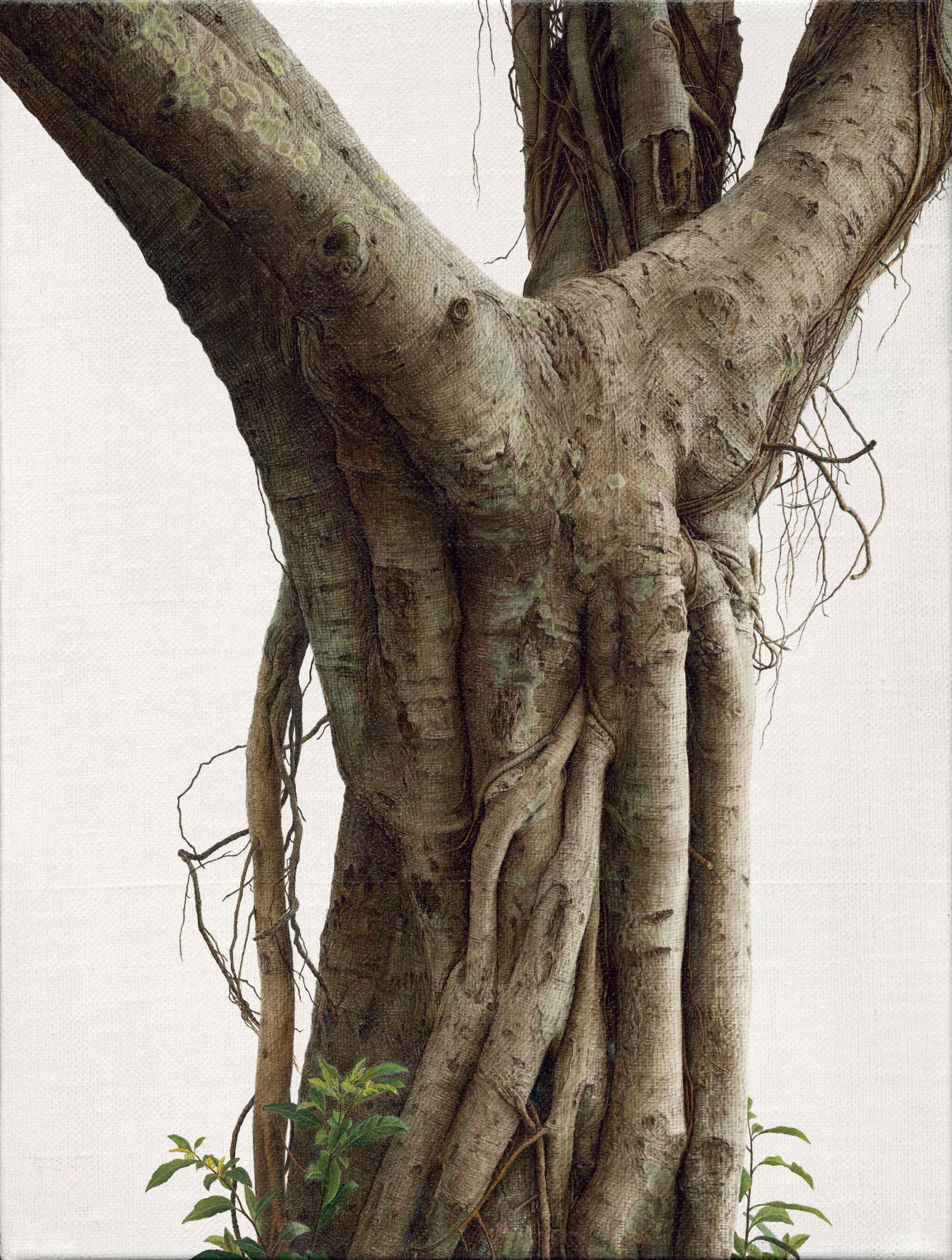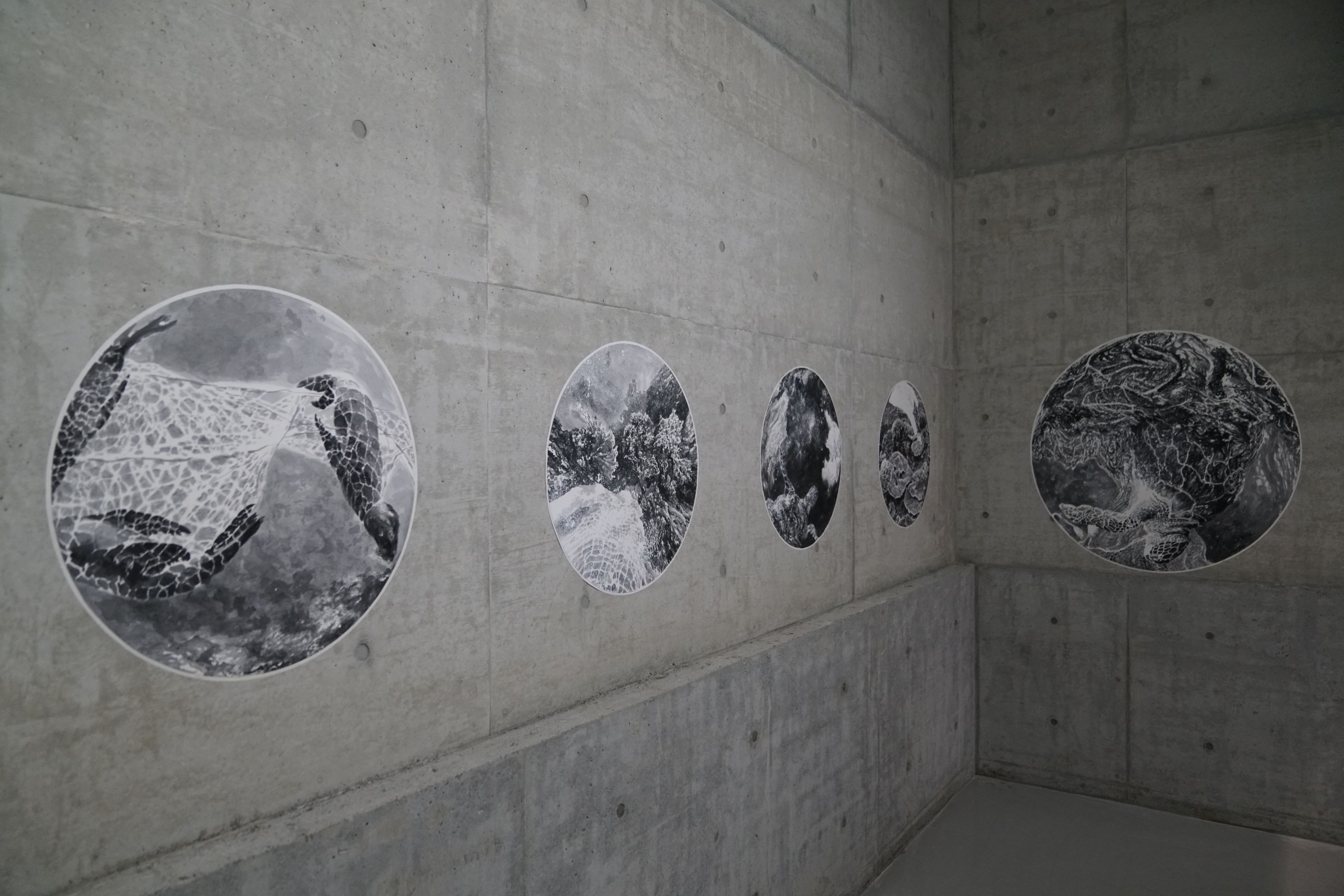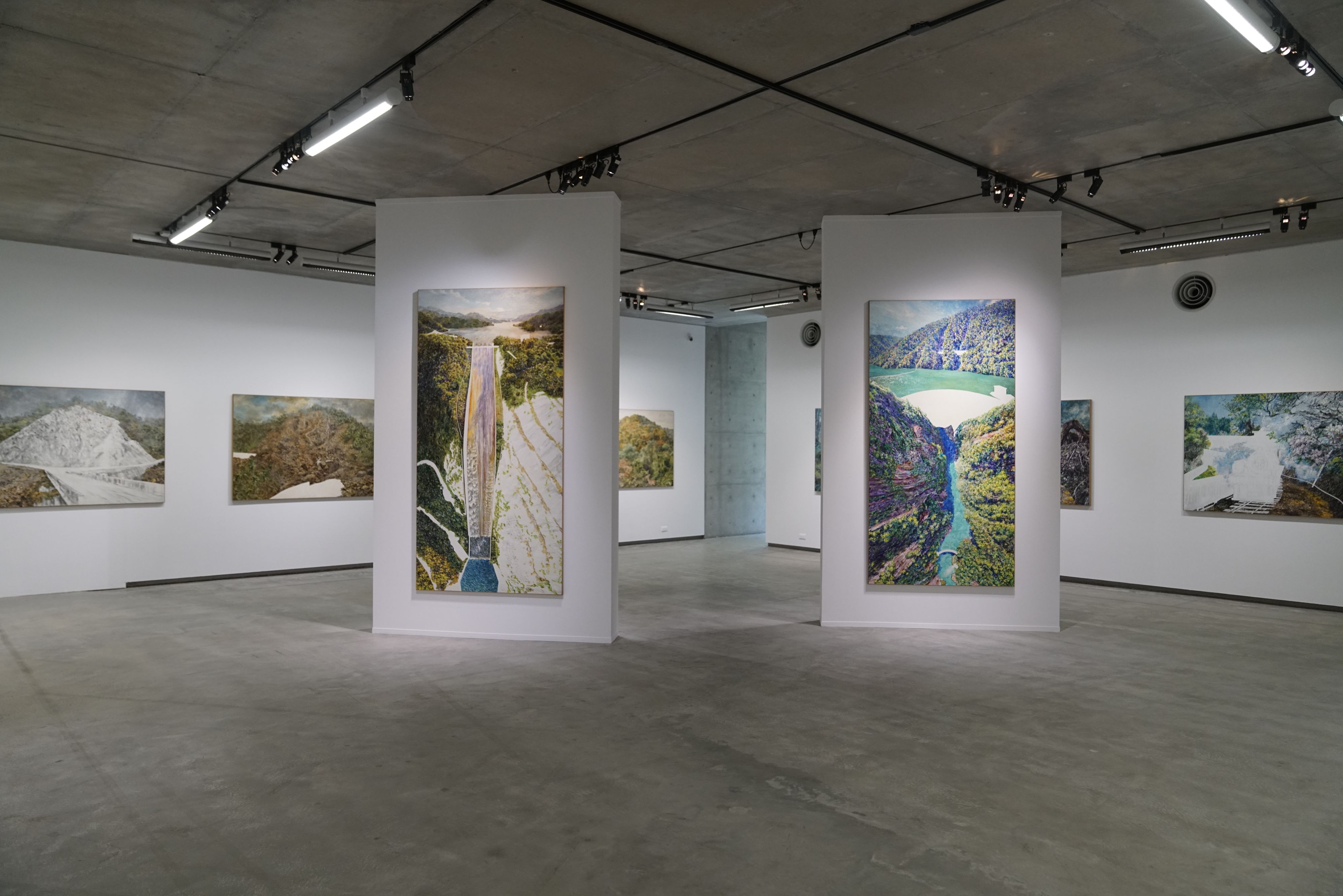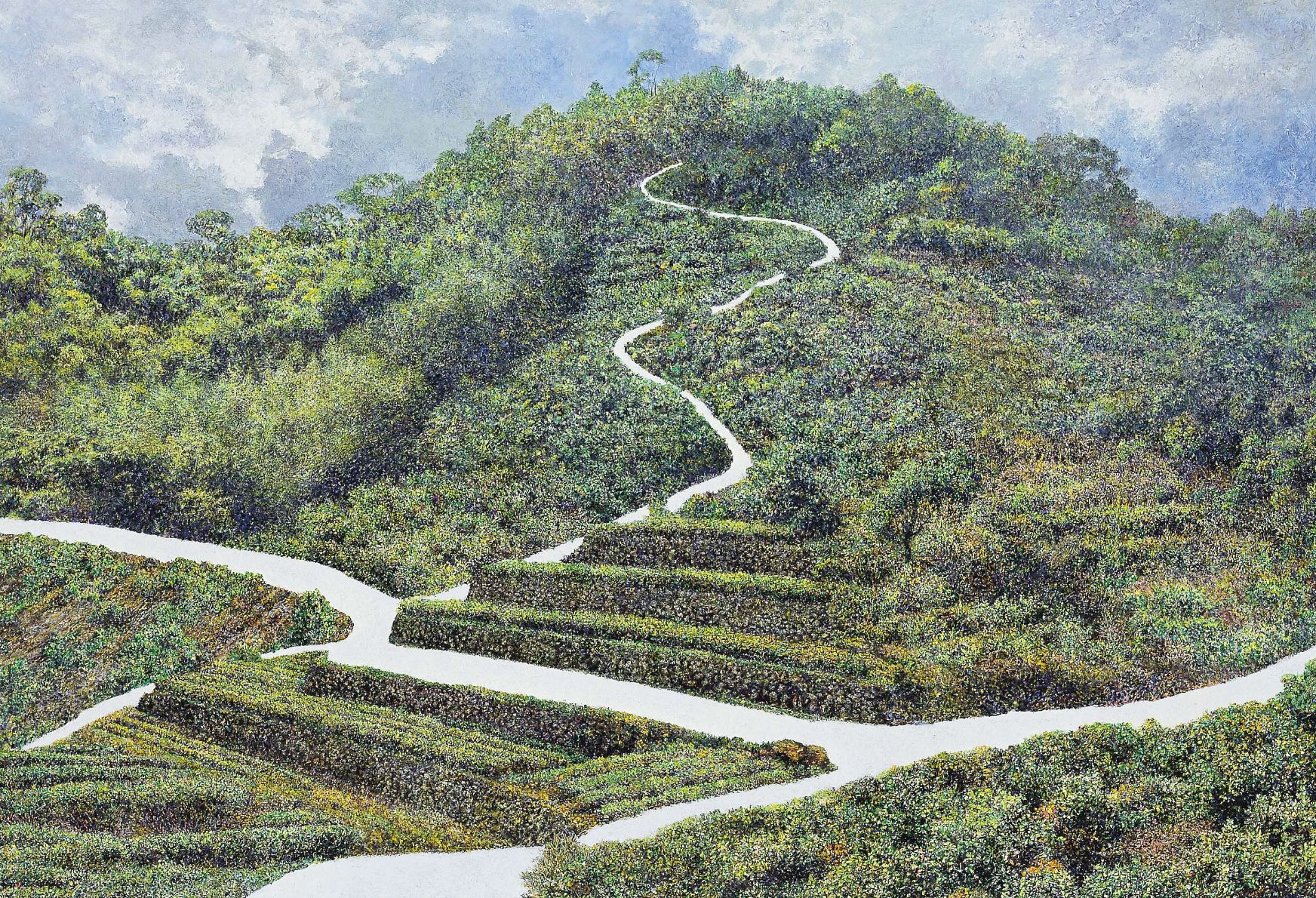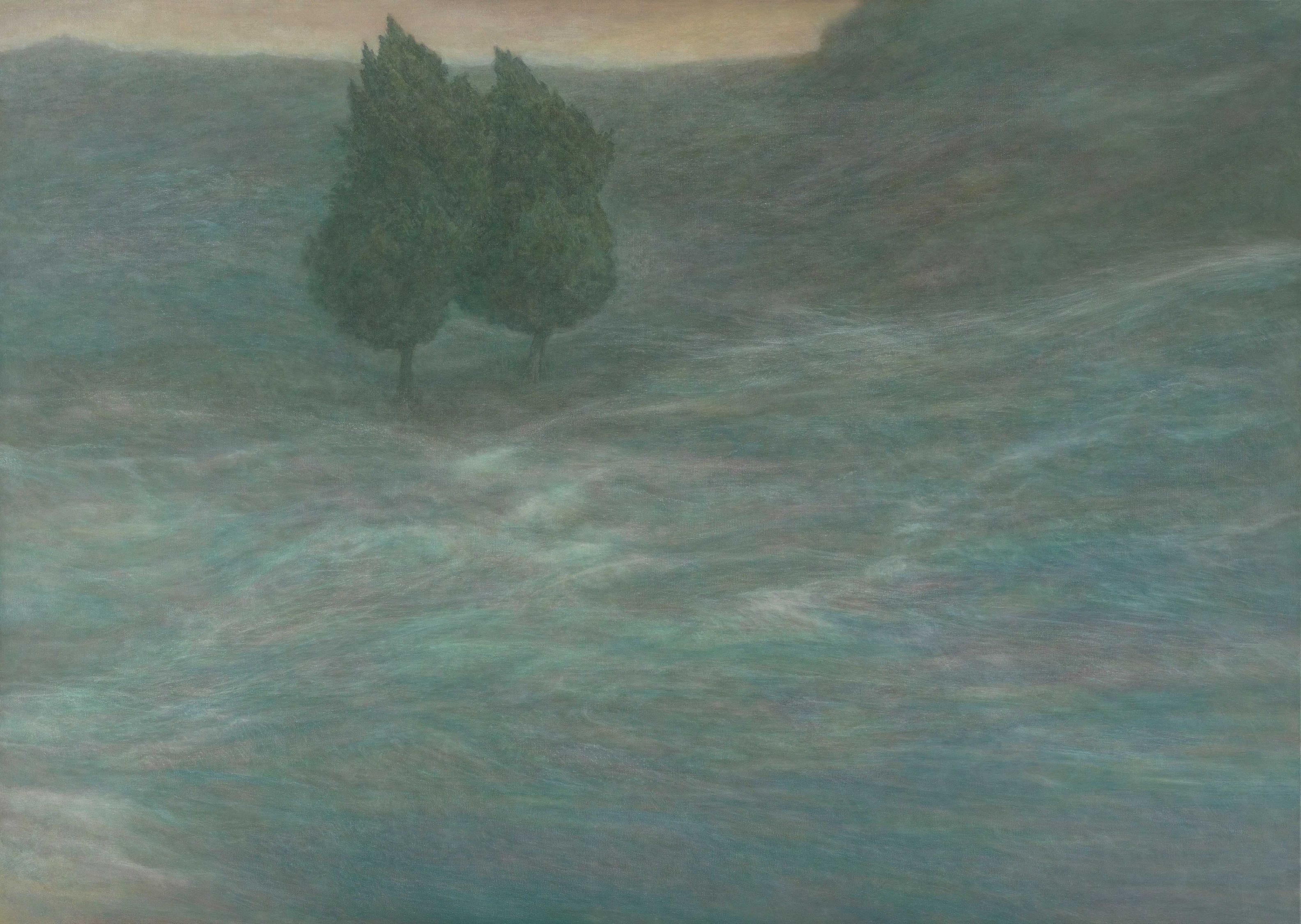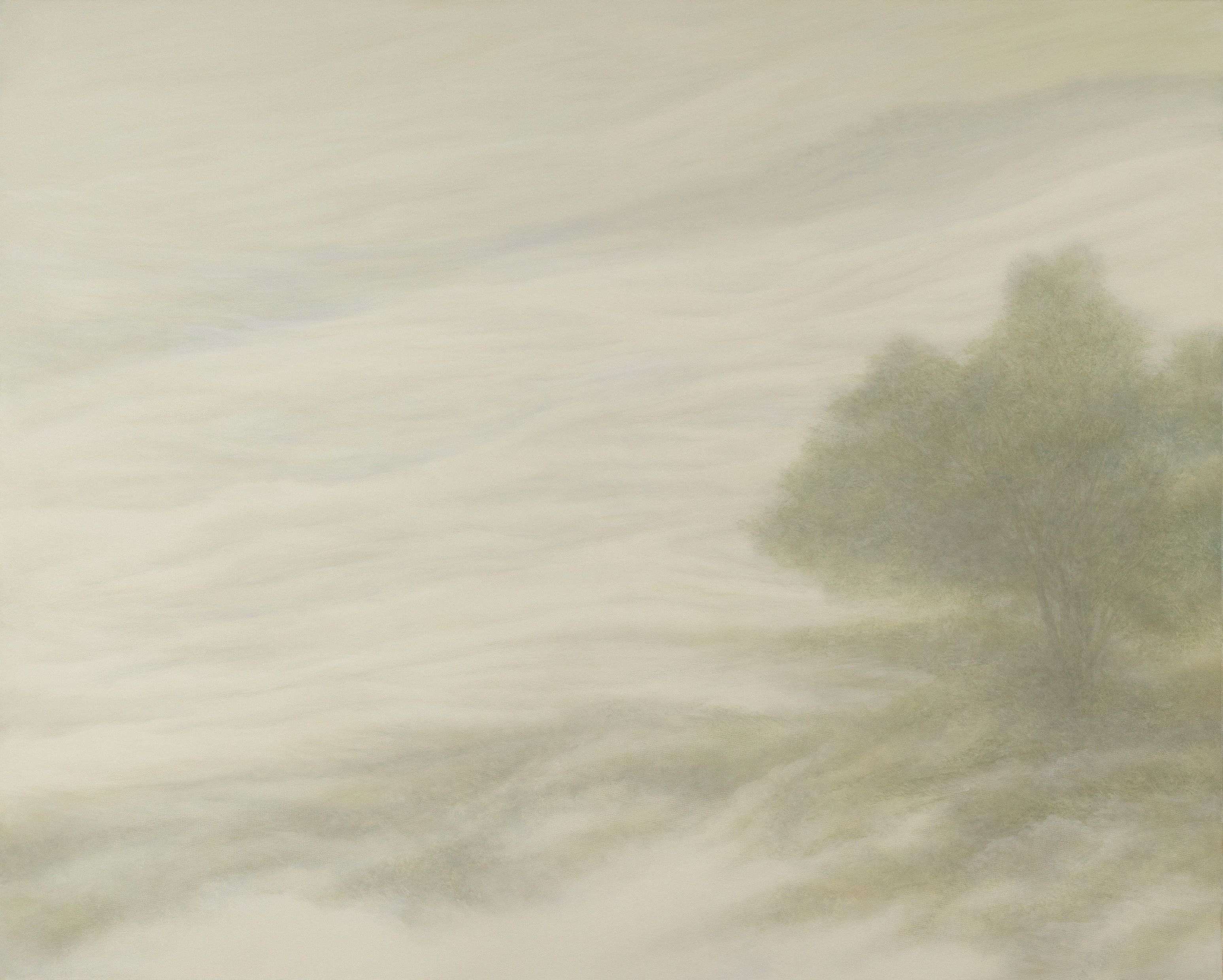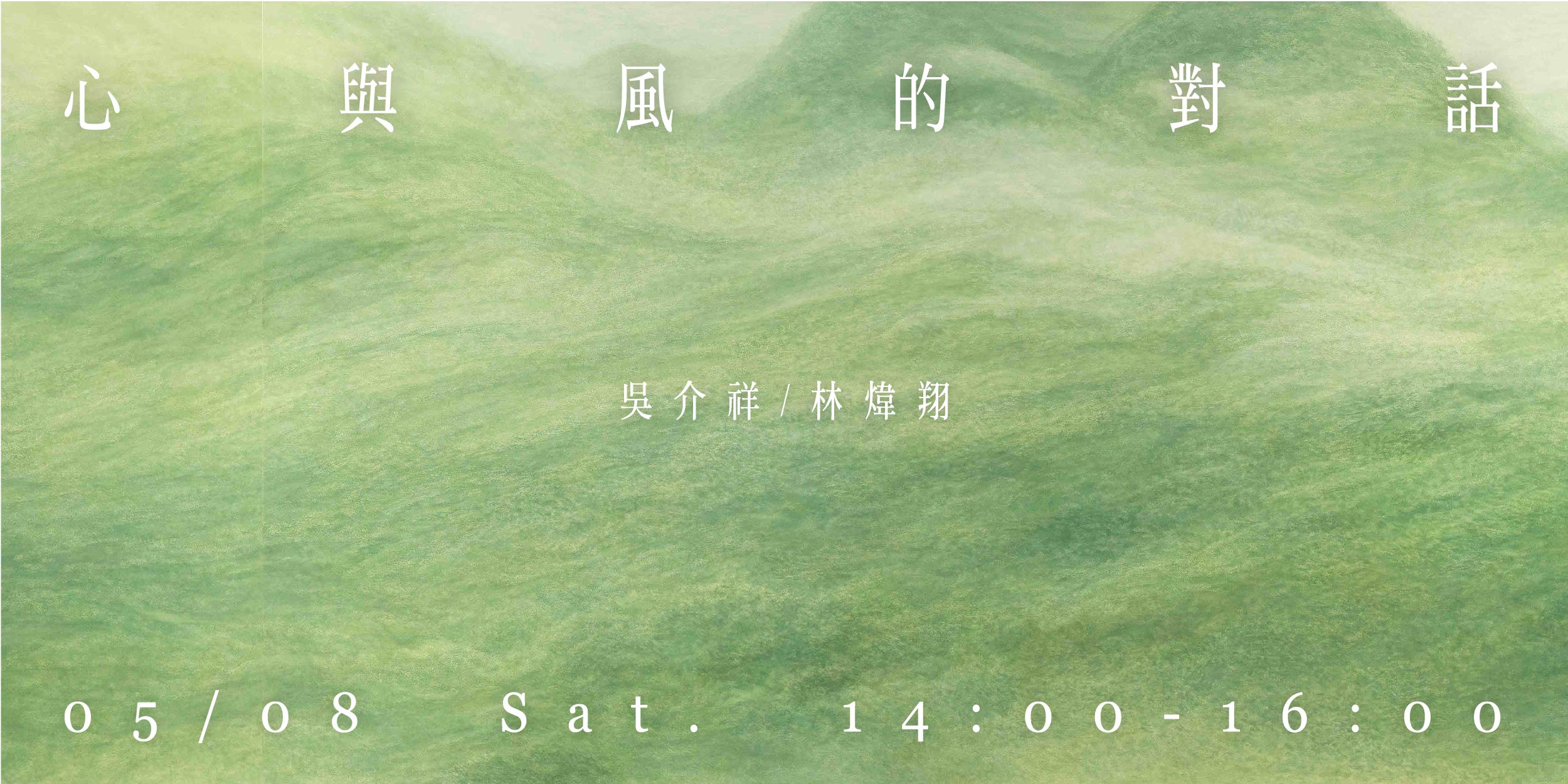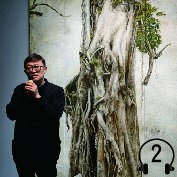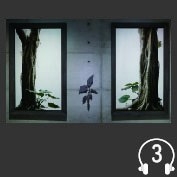Immersing in Mountains: Dissolving the Boundaries
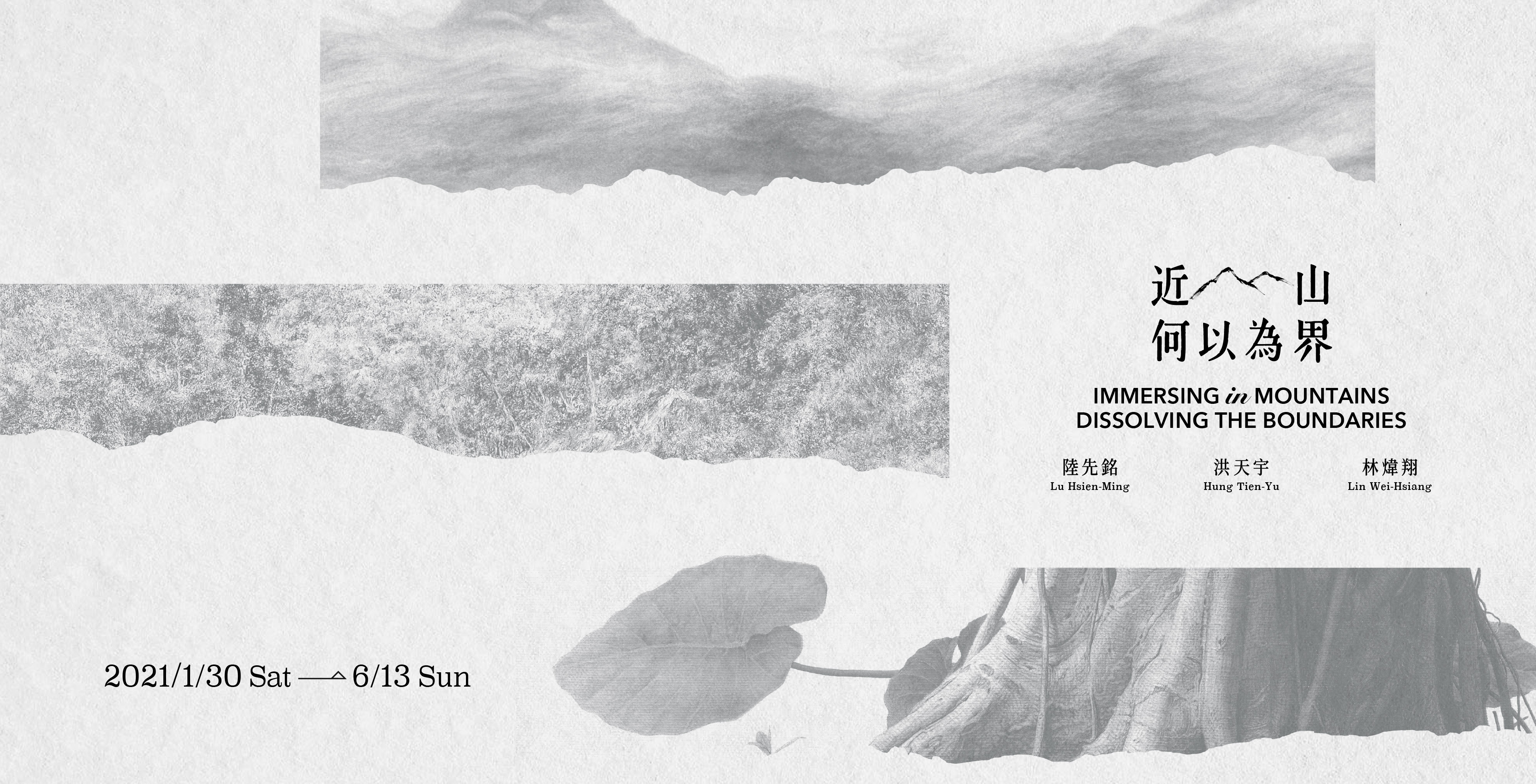

2021/01/30 - 2021/06/13 | 1F-3F, Yu-Hsiu Museum of Art
Introduction
Nature has always existed around us. However, it has always been rather distant and strange to us as well. Whenever we hope to be near nature, we seem to be at a loss. At such a moment, how do we approach nature?
How do we be near to nature? In this era when boundaries seem to have dissolved, this question might sound somewhat redundant. The ancient people feared remote places; moreover, the indigenous people have always believed that mountains have a soul and would perform specific rituals to express gratitude and seek protection. This is how indigenous people approach nature. In history, humans entered mountains at a very early period. Mountaineering originated in Europe at the end of the 18th century; and the mountains in Taiwan were investigated for the first time by Japanese scholars during the period of Japanese rule. Yet, mountaineering in Taiwan did not become popular until the 70s. Humans go into the mountains for many reasons, which all reflect our curiosity about and longing for unknown places.
This exhibition refers to mountains in a broad sense and uses them as a metaphor for nature and all life in the ecosphere that we might come into contact in the everyday life. “Being near” means varied things in different times, and the context today has changed greatly from that of the past. Being near to mountains does not simply mean a physical activity that denotes a challenging trip of mountaineering or an adventurous expedition. Instead, it carries deeper implications of politics, consumerism, human-centrism, as well as how breathtaking landscape has gradually been wasted and depleted by human desires in the past decades. Today, environmental awareness is already widespread. However, when a pandemic is now sweeping through the world and recurs in a way that has extensively limited us to move freely, something seems to be calling us to revisit the mountains. The question about how we can be near nature might be somewhat outdated, but the ways to approach nature are numerous. Regarding this topic, there are even more discussions, interpretations, marketing and imagination, which have mixed and shaped the distinctive landscape of the Anthropocene. In this society that demands clear division of everything, the boundaries between nature and civilization have instead become more and more indistinct.
This exhibition features works by Lu Hsien-Ming, Hung Tien-Yu and Lin Wei-Hsiang, who focus on different subject matters to delineate and represent natural landscape respectively. In the exhibition, as we physically go higher and higher, we will see the changing line of vision and state of mind. As the viewpoint shifts from close to distant, the images also move from visually distinct, to elaborately minute, to abstractedly fluid. As we physically move through the exhibition, the delicate feelings towards mountains, their social role, the force of life and human’s entanglement with and longing for nature will be naturally revealed.
Artists' Profile

LU Hsien-Ming
Lu Hsien-Ming (b. 1959-) was born in Taipei, and graduated from the Department of Fine Arts, Chinese Culture University (CCU) in 1982. When he was a junior in college, he was already awarded the New Talent Award of Hsiung-Shih Fine Arts. After completing military service in 1985, he held his first solo exhibition at Chia Jen Art Gallery. Since the end of the 80s, Lu has been an active member of Taipei Art group and Hantoo Art Group, of which the members were mainly CCU art graduates. In 1984, he served as the chairman of Huagang Chinese Modern Arts Society and the editor of Mountain Wind Art News. In 1992, he became the chairman of Taipei Art Group. From 1995 to 2018, he served various positions, including the executive secretary of the Taipei Visual Arts Institute. From 2003 to 2007, he was the chairman of Hantoo Art Group.
Between 1979 and 1987, a turn in Lu’s creative state of mind and style was visible. During this period, he graduated from college, finished military service and began his artist career. It coincided with a period when Taiwan’s martial law was lifted and the economy and society became more open. The drastic social changes had a great impact on him, and his work gradually shifted from being inexperienced and cold towards critical and intense. Such a shift could be observed in several of his art series, including Bridge (1991-1996), Figures (1995-2007), Urban Theater Period (2007-2016) and Old Trees Period starting in 2017. Throughout these series, Lu has begun with his own struggles in life, and moved to the industrial characteristics of cities and people from the low social stratum before eventually returning to the subject of nature and life in recent years. In spite of these changes, his work has always revolved around people or the human condition reflected in his construction of objects. His painting style has evolved from strongly emotional to affectively rational, depicting different situations and purposes with diverse techniques. In a later period, he has also added materials of varying texture, such as metal, to create semi-installations. Lu’s works have been exhibited in Japan, Korea, China, Mongolia, Singapore, etc., and are included in collections of numerous art institutions, such as Taipei Fine Arts Museum, National Taiwan Museum of Fine Arts, Kaohsiung Museum of Fine Arts, Taitung Art Museum, White Rabbit Gallery in Australia and Long Museum in Shanghai.

HUNG Tien-Yu
Hung Tien-Yu (b. 1960) was born in Taichung and graduated from the Department of Fine Arts, Taiwan Provincial Hsin-Chu Junior Teachers College (now National Hsinchu University of Education) in 1980. He held his first solo exhibition at Galerie Pierre in Taichung in 1994, and was awarded the First Prize of Liao Chi-Chun Oil Painting Award in 2000. His works have been exhibited various countries, such as the US, Korea, France and Italy. Hung’s delineation of Taiwan not only involves mountain forests, streams and creeks, sea coasts and wild species, but also extends to documentation of cityscape, forming a chorographical portrayal of Taiwan’s landscape. He often creates large-scale paintings, of which the overlooking perspective in his composition is inspired by using drones to record mountain sceneries. His subject matter is minutely depicted with fine brushwork and self-made drawing instruments, and displays a lively, vibrant palette. The use of multi-perspective compels spectators to slow down or change the line of sight when viewing his works. Hung’s creative awareness has been shaped by the environment he grew up in. He lived in a remote, mountainous area when he was a child, and nature offered him contentment far greater than material and money. However, when he was in junior high school, he realized that drastic changes had occurred in nature suddenly. His work experience of fishing in Australia’s high sea in 1980 had further overthrown his understanding of humanity—he witnessed how nature has been massacred and plundered by humans. Therefore, how to view and treat life has ever since become the core subject in his work, which is continuously realized in his subsequent solo exhibitions and art series, including To Breeze: Memoir of Formosan Landscape 1700-2000 (2007), The Feast of Mercy (2008), The Heyday of Timocracy (2009-2017) and City Ark (2019). Hung’s creation of painting series often spans decades of time, and his signature creative technique has been to review the partial from the whole and the deliberate “blankness” in his painting. His work has always revolved around life as an entirety, organic life and inorganic artefacts, as well as economic urban expansion and destruction of nature, with an emphasis on existing habitats of species that reminds us the importance of coexistence in the future. He is currently working on his latest series, entitled Formosan Giants, in which he transforms Taiwan’s famous mountains – “the five mountains, three peaks, one wonder and ten summits” – into giants of magical realms that keep Taiwan’s spine upright. He combines traditional ink material with acrylic drawing techniques that he has perfected over the years to steadfastly expand the boundary of traditional landscape painting, hoping to convert the “selfless” state in the tradition of ink landscape into the ultimate value of artistic creation.

LIN Wei-Hsiang
Lin Wei-Hsiang was born in 1983 in Hsinchu, Taiwan. In 2009, he graduated from the Graduate Institute of Fine Arts and Crafts Education at the National Hsinchu University of Education. His inspiration comes from the natural sceneries, although unlike the Realists’ landscape paintings, his paintings are more impressionistic and abstract, emphasizing inherent spirituality rather than extrinsic imitation. In his paintings one can feel the movement of clouds or moist humid air. He portrays his own ethereal inner world and illusory landscapes that cannot be expressed in words. In 2005, Lin received Professor Tze-Fan Lee Creative Award, in 2004 he was selected for the Young Artist Collection, received an award for excellence in “National Student Art Exhibition” and honorable mention in “Nanying Fine Art Exhibition.” His works have been collected by Taiwan Art Bank, National Taiwan Museum of Fine Arts, and National Chiao Tung University Arts Center.
Photos
Videos
Events
Publications
Audio Guide
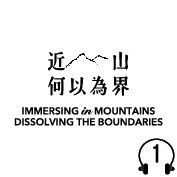
 1. Overview of the exhibition - what is the boundary near the mountain
1. Overview of the exhibition - what is the boundary near the mountain




